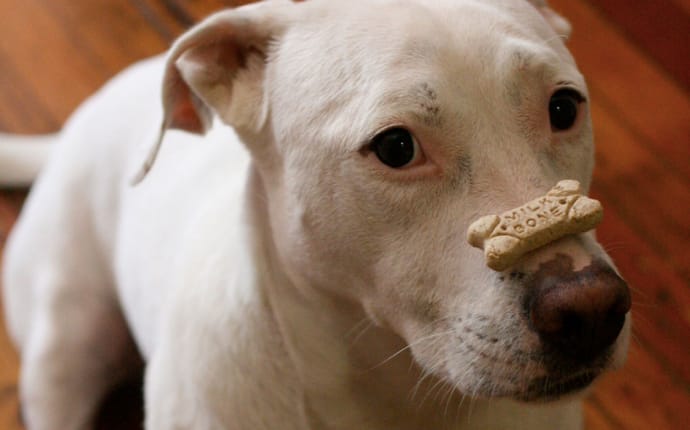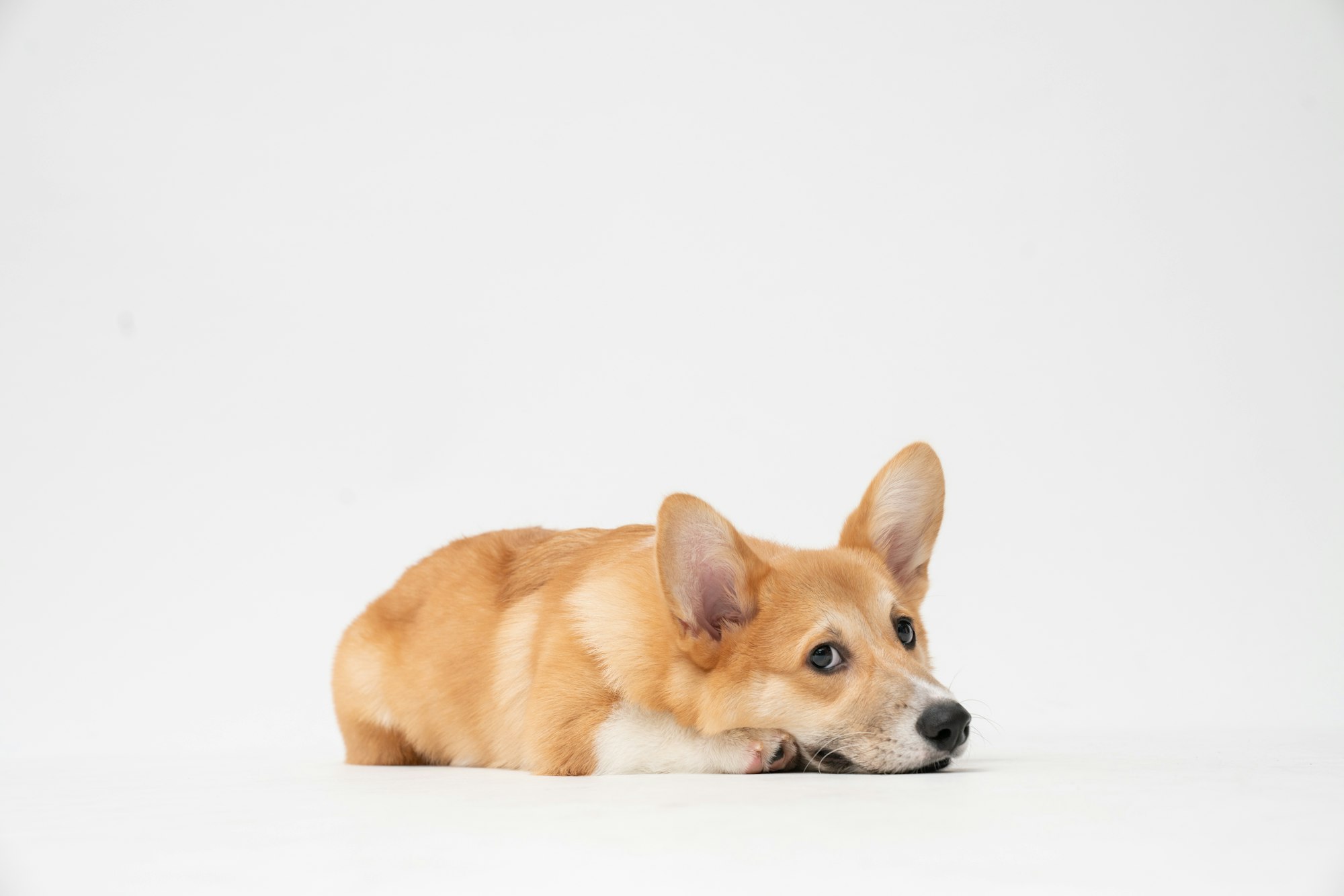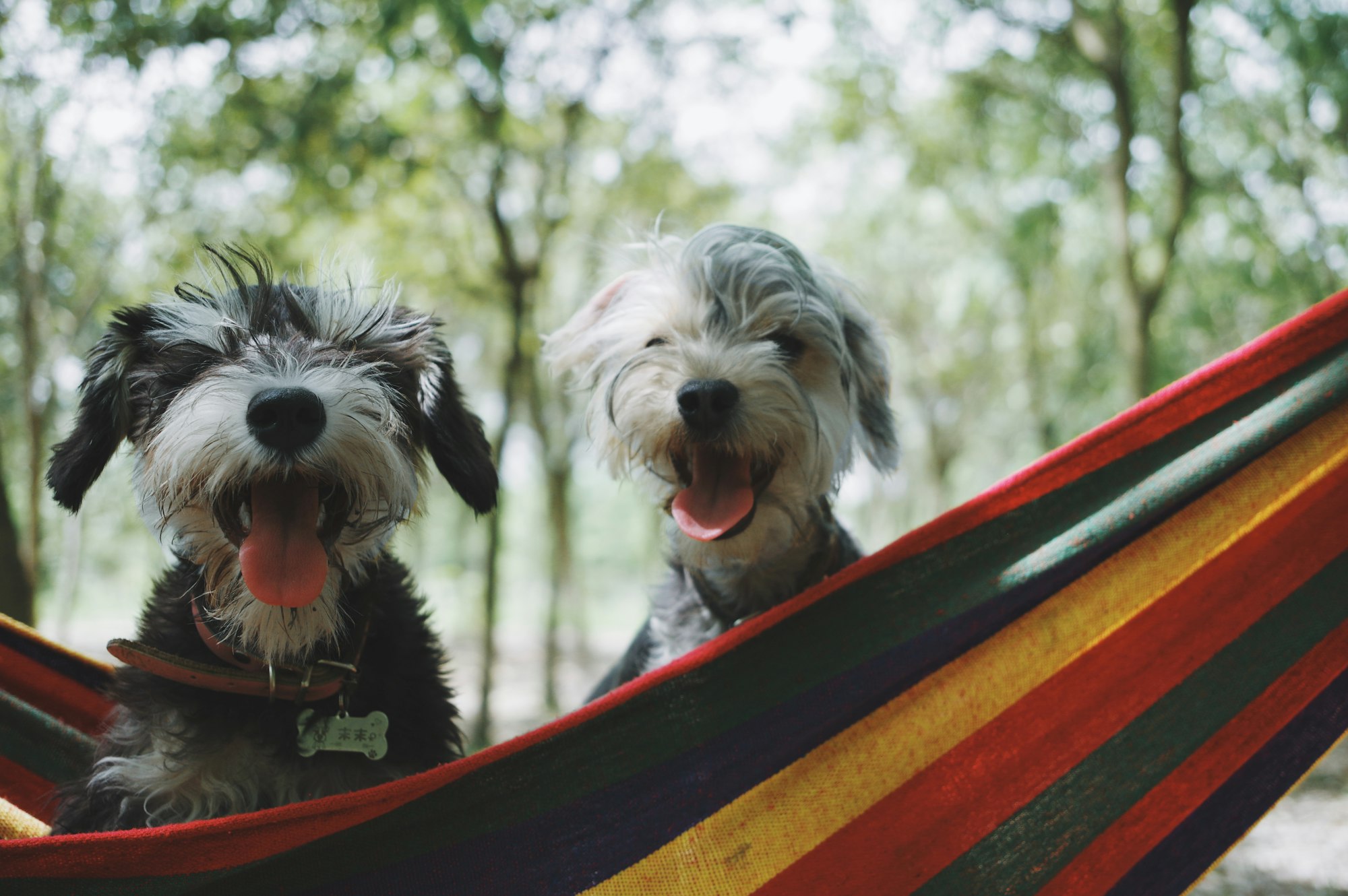Giving our pet a treat is as much for them as it is for us. It’s a way to show our love and put a smile on their snout. In general, treating your pet is a healthy practice, but it should be just that: a treat. Here are a few basic principles that should help treat time stay healthy.
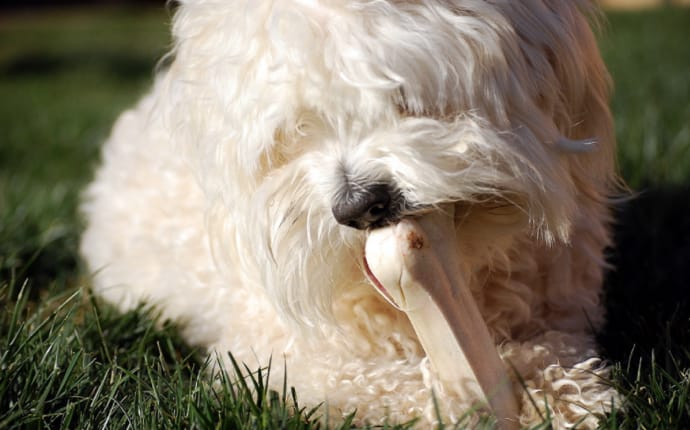
Calorie conscious
About half of pets in America are overweight, and the pet obesity epidemic is leading to pets with arthritis, diabetes, and other preventable issues.
- Start by using treats sparingly. It is, after all, a treat, and make sure treats aren’t spoiling scheduled meal times.
- Look at the ingredients and avoid too much crude fat or sugars that can contribute to weight gain.
- You can also break apart large treats into smaller pieces that you can dole out through the day.
- Also, try to look for treats that actually contain a calorie count on the packaging and consider treats that are baked and thus have fewer calories.
Go natural
All those brightly colored and packaged treats you see on the shelves of pet stores look a lot like something you may recognize: candy wrappers. They look this way because they actually are a little bit like candy - they contain a lot of coloring and carbs that your pet doesn’t necessarily need.
The closer you can get to natural meats and whole grains the better. Although you shouldn't feed your dog off the table, many raw people foods are actually just as healthy for people as they are for pets. Some favorites include dried salmon, raw carrots or veggies, and even fruits.
Foods like sweet potato and rice can even make a perfect meal for a dog as they’re filling, but extremely low in fat and high in fiber (though be sure you’re getting a pumpkin and NOT pumpkin pie filler.) For store bought treats, look for real meat and not a by-product, ideally hormone free, and try to find products that contain whole grains.
Some people food that easily doubles as pet food includes:
- Apples (throw away the core, apple seeds can be toxic to pets)
- Blueberries
- Watermelon (minus the seeds)
- Cantaloupe
- Bananas
- Green Beans
- Carrots
- Sweet Potato
- Popcorn (unsalted and unbuttered)
Just as there are tables foods that are healthy, there are people foods dogs can't eat.
Here are treats you should avoid:
- Garlic and onions
- Grapes
- Tomatoes
- Mushrooms
- Nuts
- Any pitted fruits like cherries, avocado, plums
Sneak in healthy
Today many treats don’t just make our pets happy, they can also keep them healthy. Try to find treats that disguise their health factor, so your pet doesn’t even know they’re doing good. Dental treats are a great way to work tartar off of your pet’s teeth, and glucosamine and taurine are perfect for maintaining aging animals' joints and organs.

When choosing a treat that has supposed health benefits, look for approval by the Veterinary Oral Health Council or Food and Drug Administration. The VHC and FDA ensure that the claims made are actually true and that the treat will truly help your pet.
Watch for food sensitivities
10 percent of allergy causes for dogs are due to foods, and grains are one of the chief allergens. Other common allergy-triggering foods include eggs and dairy. Look for excessive itching, flatulence, ear inflammation, and gastrointestinal upset as indicators of allergic issues. If your dogs are one of those with a grain intolerance, there are other options like quinoa that is still a simple people food that’s gently on your dog’s tummy.
Know when enough is enough
Food is love and it’s a joy to be able to give our pets a special tasty treat, however, treats should only comprise about 10% of your pets' diet, which is quite small. If your amount of treating is encroaching on your pet's regular diet then you need to begin to find other ways to love and reward your pet, such as special toys or walks. Cater the type of treating you do to the type of activity you have planned - if you’ll be training and giving out lots of treats, be sure to use small treats - there are even packages sold directly as training treats.
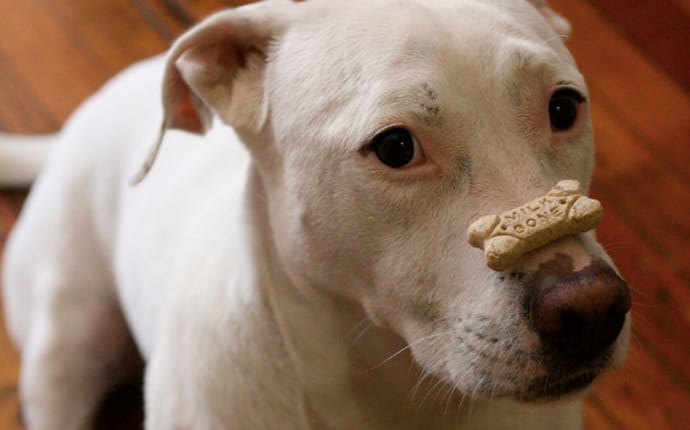
Watch out for danger
It wouldn’t seem like a pet treat would be a risky proposition, but certain treats can actually harm your pet. Avoid hooves, antlers and bones that can not only fracture your dog’s teeth but can also splinter and get caught in your dog’s throat or cause stomach damage. The rule of thumb is that you should be able to push your thumbnail into it and leave a dent, otherwise the treat is too hard for your pet’s teeth. One chew treat that’s great for pets and full of all natural meat are Bully Sticks, which are made from 100% beef.
Treat to reward
Never give treats without your dog doing something to earn it. Treats are a great way to train your pooch and correct the unwanted behavior. Such common problem as dogs counter-surfing can be addressed with positive reinforcement, such as treats. If your dog steals food off table counters, teach it to 'Leave it' and give a treat to reward. This way you are teaching your dog that you are the provider of all good things, and there's no need in snatching.
Another pawsome use of treats is a pet treat camera. If you leave your dog home alone for the day, this is a great solution to monitor your pup and reward them for good behavior by remotely flinging a treat. Your dog will love it!
Treating is a great way to stay close to your pet, but you have to use common sense. Know that all treats are not created equal and some carry extra benefits or extra calories you should know before tossing your pet something tasty.
Was this article helpful?
Help us make our articles even better

